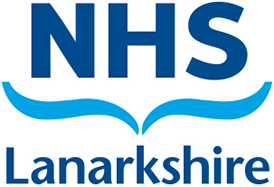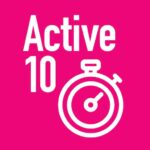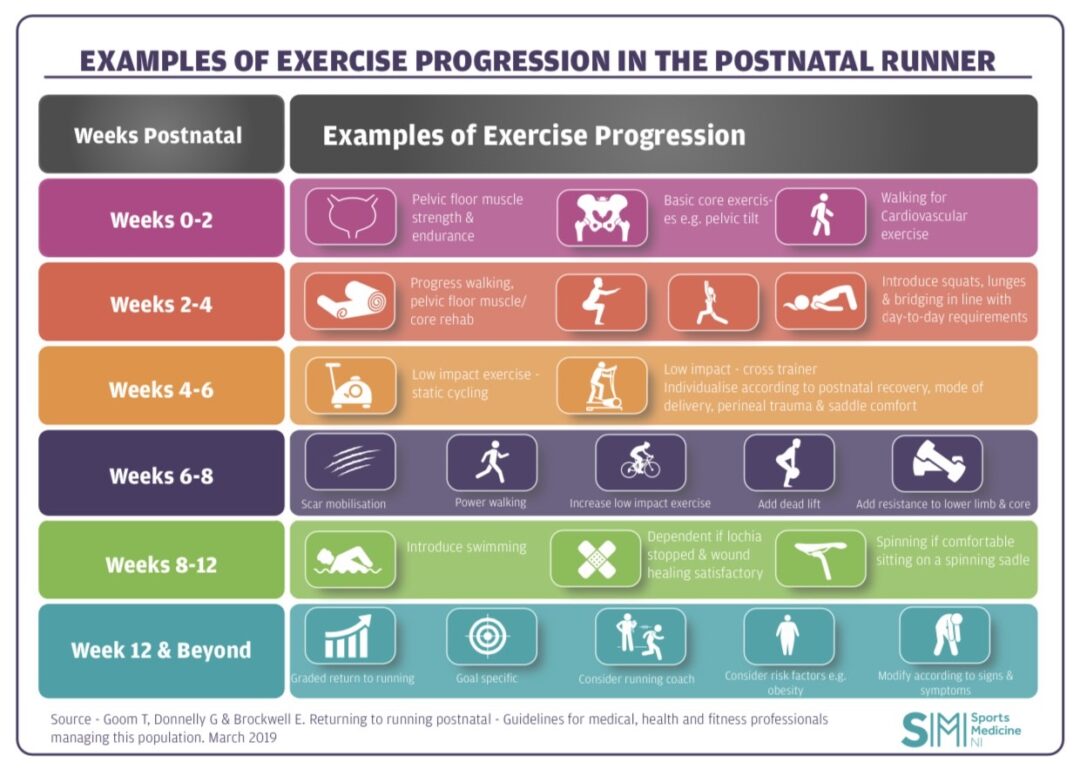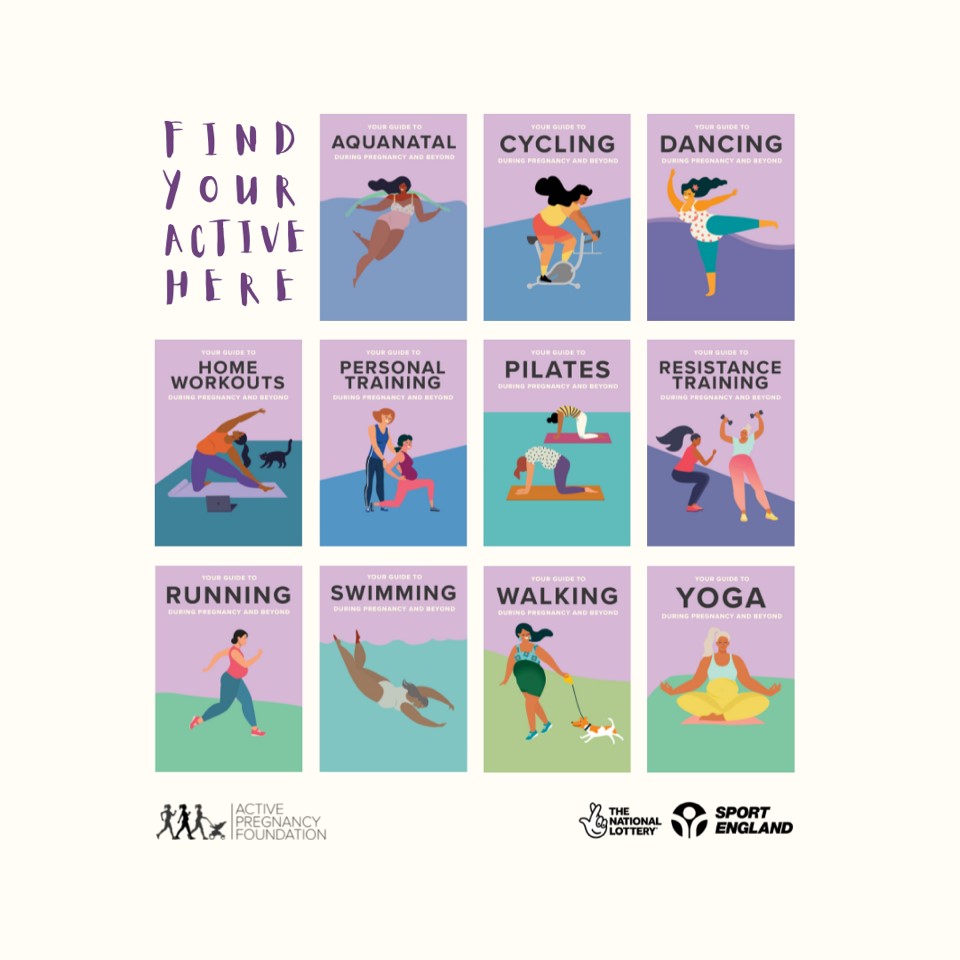Following Delivery of Your Baby
Recovery Advice
You may have a lot of questions about your recovery after you’ve had your baby. We have written two booklets that will give you lots of advice on bladder care, bowel care, your tummy muscles and exercises that you can do.
You can also download these booklets on your badger app.
Fit for The Future
It is important to give your body time to recover after your pregnancy. If you have had a straightforward pregnancy and delivery you can start with low level activity exercises like pelvic floor exercises, pelvic tilts and basic tummy muscle exercises. You will find more information on how to do these exercises within the leaflets in the Recovery Advice section above.
After your 6 to 8 week postnatal check you can move on your exercises to a moderate activity level, if you feel ready. You should look to return to an exercise you enjoyed before your pregnancy. You should also try to include strength training activities twice a week. If you notice any leaking from your bladder or bowel, heaviness in your vagina or if you have concerns about your tummy muscles you should speak with your health visitor, GP or local Pelvic Health Physiotherapist for more advice.
The NHS Active 10 is a great way to start tracking your exercise to help to encourage you to keep active.
You should try to be active every day and aim for at least 150 minutes of moderate intensity activity every week.
Moderate intensity exercise means that you should still be able to talk, but not sing while you are exercising.
Examples of moderate intensity physical activity include:
- jogging
- walking
- cycling
- climbing stairs
- yoga
- dancing
- playing with your newborn
Physical activity is recommended for women after delivery. There is a lot of evidence to show that exercise during the first year after delivery is good for you and has no negative effects on breast feeding or milk production.
This video is based on the UK Chief Medical Officers’ Guidelines for Postnatal Woman
If you want to start exercising again but haven’t really done much exercise during your pregnancy you can begin by tracking your steps and setting yourself goals with the NHS Active 10 app to get you started.
If you want to build up your exercise from moderate to vigorous intensity you should do this slowly and gradually – give yourself at least 3 months.
There has been recent guidance on returning to running following pregnancy and you may find the advice is a good guide on how to build up your exercise levels.
You can find the full guidance here.
The NHS app Couch to 5K can also help to guide you through a running programme.
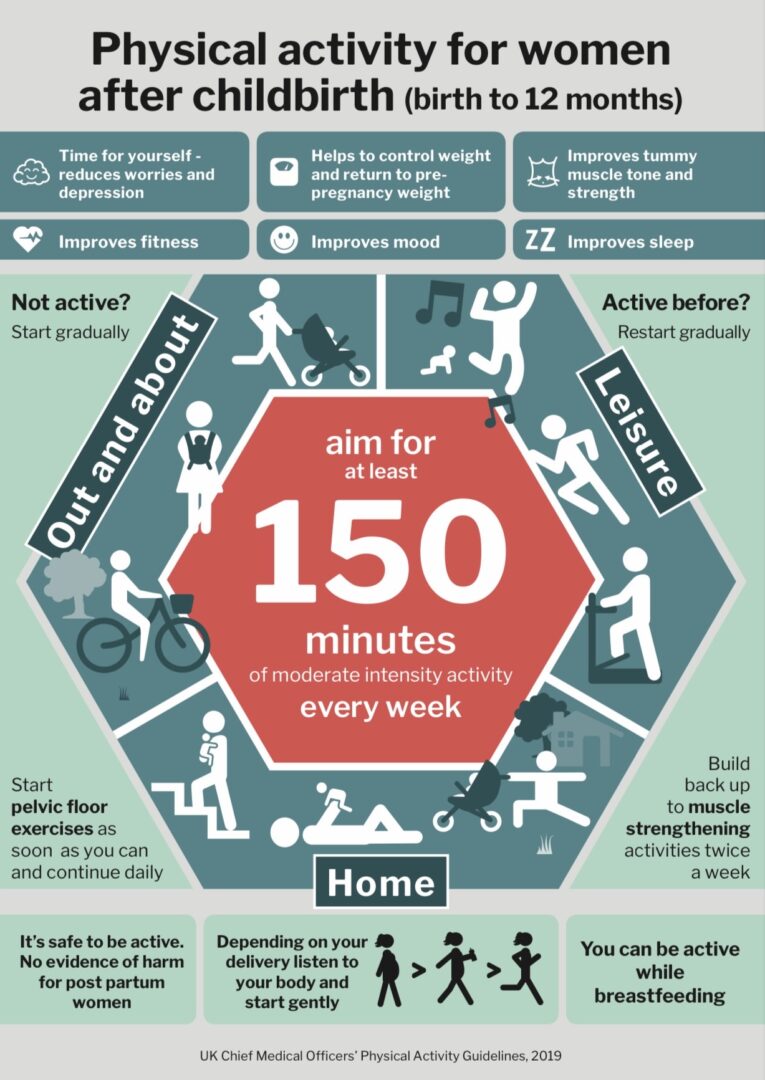
UK Chief Medical Officers’ Physical Activity Guidelines, GOV.UK, © Crown copyright 2019, licensed under the Open Government Licence.

Pelvic Floor Exercises
It is common for women to notice some urine leaking from their bladder after they’ve had their baby. This does not happen to all women but can happen to as many as 1 in 3. Some women can notice difficulty making it to the toilet in time and some can also notice some poo leaking from their back passage.
The important thing is that you can do something about it from an early stage! It is important to do your pelvic floor exercises correctly, a few times every day, to strengthen your muscles and reduce the risk of leakage from your bladder and bowels.
Watch the video below for more advice on how to do pelvic floor muscle exercises correctly.
This video was produced by NHS Highland in conjunction with Association for Continence Advice
You will also find more advice in the Pelvic Obstetric and Gynaecological Physiotherapy’s booklets available on their website.
Your pelvic floor exercises are for life and can help to prevent you from having bladder, bowel or prolapse symptoms in the future. A prolapse is when the womb (uterus), bowel, bladder or top of the vagina slip down from their normal position and push into the vagina.
You can download the Squeezy: NHS Pelvic Floor app to help to remind and guide you through the progression of these exercises.
If you are having difficulty with your exercises or if you have any pelvic health issues for example leaking from your bladder or bowel, or a heaviness or dragging feeling in your vagina please speak with your Health Visitor, GP or local Pelvic Health Physiotherapist.
Common Postnatal Conditions
Lower Back Pain and Shoulder Pain
Repetitive movements with your baby (e.g changing nappies, feeding and bending over) can make the upper body, shoulders and lower back get stiff and painful.
You should try some of the exercises within the physiotherapy postnatal patient information leaflets once a day to reduce any stiffness in these areas.
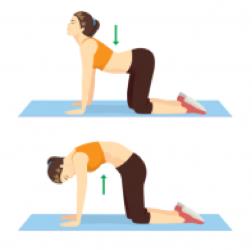
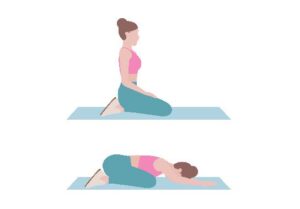
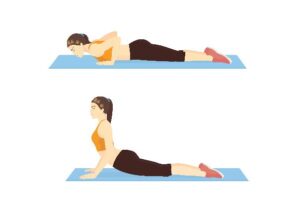
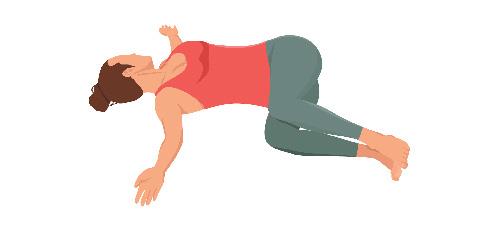
Acknowledgement to Versus Arthritis
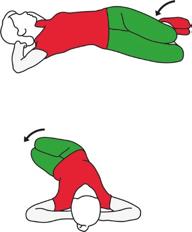
These exercises combined with your pelvic floor muscle exercises help you to have strong core muscles around your pelvis. This will make it easier to move forward with your postnatal journey and begin your return to exercise.
You can also download these leaflets on your badger app.
Diastasis Rectus Abdominus
During your pregnancy your tummy stretches as your baby grows. This causes the tummy muscles and the fibrous structure that runs down the middle of the tummy to stretch and is called Diastasis Recti.
You can download these leaflets on your badger app.
